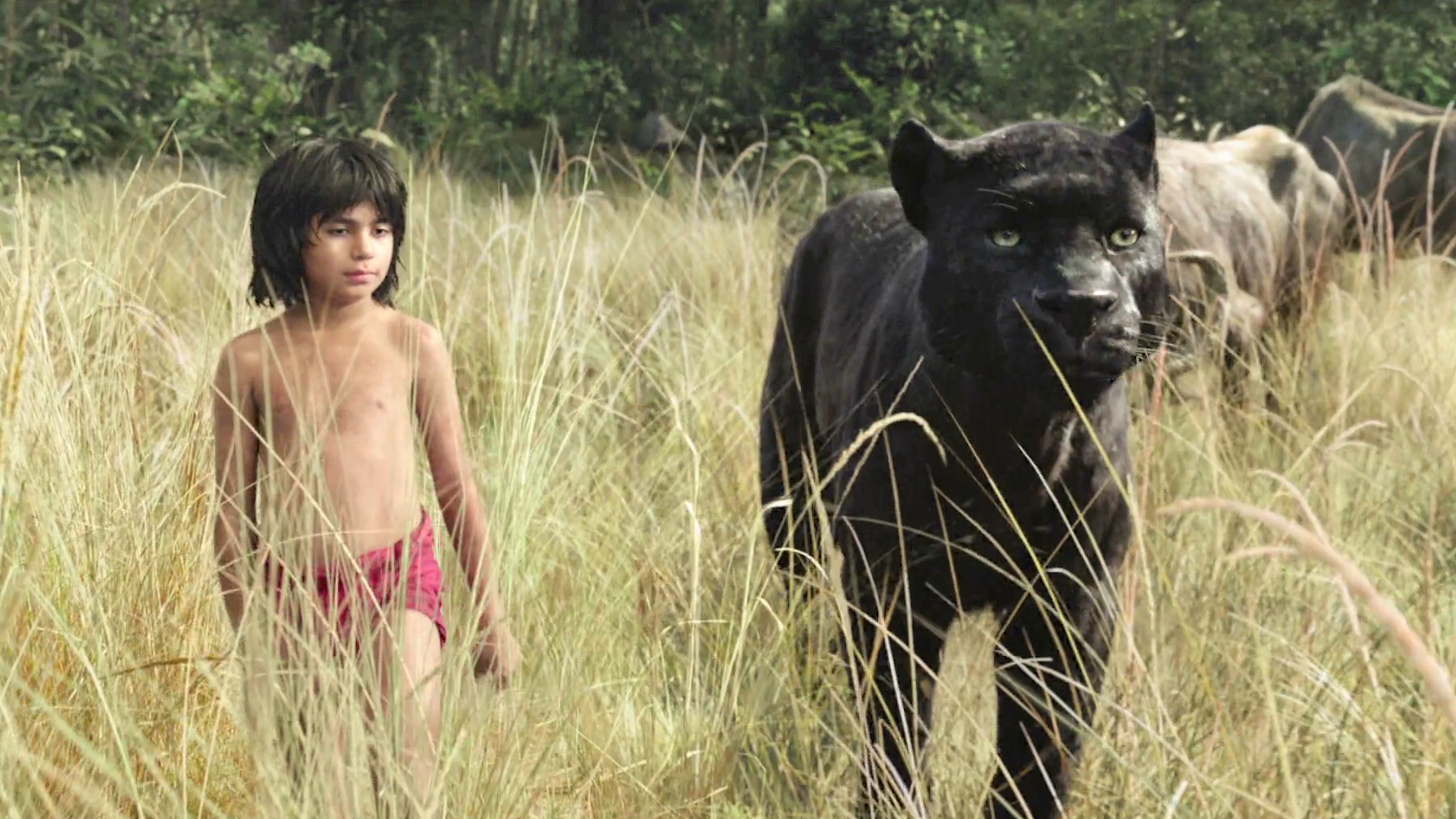It's really no wonder that this little animal was in the movie- they are practically born to do comedy just by their hilariously weird anatomy. They look like something out of a Pokedex. Twenty percent of a pangolin's body weight is from their scales, which are made of keratin like our fingernails and hair. Unfortunately, they are poached for these scales, as well as their meat. There are eight pangolin species in Africa and Asia, and all are anywhere from "Vulnerable" to "Critically Endangered".
According to WWF, "They certainly are one of the most trafficked mammals in Asia and, increasingly, Africa. Pangolins are in high demand in countries like China and Vietnam. Their meat is considered a delicacy and pangolin scales are used in traditional medicine and folk remedies to treat a range of ailments from asthma to rheumatism and arthritis. All eight pangolin species are protected under national and international laws but that is not stopping the massive international illegal trade in pangolins, which has increased in recent years because of growing demand. Based on reported seizures between 2011 and 2013, an estimated 116,990-233,980 pangolins were killed, which represents only the tip of the trade. Experts believe that seizures represent as little as 10 percent of the actual volume in pangolins in illegal wildlife trade."
Oh and to add to that, they are threatened by habitat loss, too. I wish there was a happy way to end this post, but unfortunately, I don't think there is. If you'd like to help, you can always check out World Wildlife Fund and click "How You Can Help", and you can learn more here and here. Don't want to read? I've got a video for you then:
As always, thanks for reading!












